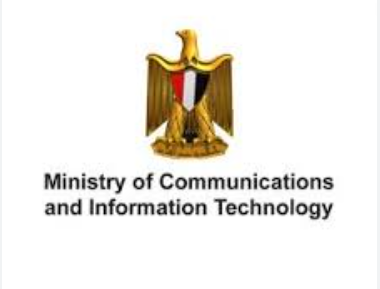Ministry of Communications and Information Technology
The Ministry of Communications and Information Technology is responsible for the formulation, implementation, and administration of policies and programs related to telecommunications, electronics, and information technology. The ministry was formed in 1999 by merging the Department of Telecommunications (DoT) and the Department of Electronics (DoE). In 2016, the ministry was bifurcated into two separate ministries: the Ministry of Communications and the Ministry of Electronics and Information Technology (MeitY).
Organizational Structure
The Ministry of Communications and Information Technology is headed by a Cabinet Minister, who is assisted by two Ministers of State. The ministry has two departments:
- Department of Telecommunications (DoT): Responsible for the formulation and implementation of policies and programs related to telecommunications, including licensing, spectrum management, and network infrastructure.
- Department of Posts (DoP): Responsible for the operation and management of the postal network in the country, including mail delivery, savings bank, and insurance services.
Major Initiatives and Achievements
The Ministry of Communications and Information Technology has launched several initiatives and programs over the years to promote the growth of the telecom, electronics, and IT sectors in the country. Some of the major initiatives and achievements are as follows:
- Digital India: Launched in 2015, Digital India is a flagship program of the government to transform India into a digitally empowered society and knowledge economy. The program aims to provide digital infrastructure, services, and literacy to all citizens, and to promote e-governance and digital payments.
- National Optical Fiber Network (NOFN): Launched in 2011, NOFN is a project to provide high-speed broadband connectivity to all 250,000 gram panchayats (village councils) in the country, using optical fiber cable. The project is being implemented by Bharat Broadband Network Limited (BBNL), a special purpose vehicle set up by the government.
- Make in India: Launched in 2014, Make in India is a national program to promote the manufacturing of electronic goods in the country, and to reduce the dependence on imports. The program provides incentives and support to domestic and foreign companies to set up manufacturing facilities in India.
- National Policy on Electronics (NPE): Launched in 2019, NPE is a comprehensive policy framework to promote the growth of the electronics industry in the country. The policy aims to create a conducive environment for the industry, through measures such as tax incentives, infrastructure development, and skill development.
- BharatNet: Launched in 2017, BharatNet is a project to provide high-speed broadband connectivity to all 250,000 gram panchayats in the country, using a combination of optical fiber, satellite, and wireless technologies. The project is being implemented by Bharat Broadband Network Limited (BBNL) and is expected to be completed by 2023.
Regulatory Framework
The Ministry of Communications and Information Technology is responsible for the formulation and implementation of policies and regulations related to telecommunications, electronics, and information technology. Some of the key regulatory bodies and frameworks are as follows:
- Telecom Regulatory Authority of India (TRAI): TRAI is an independent regulatory body, which was established in 1997 to regulate the telecommunications industry in the country. TRAI is responsible for the formulation of tariffs, interconnection, and quality of service standards for telecom services.
- Telecom Disputes Settlement and Appellate Tribunal (TDSAT): TDSAT is a specialized tribunal, which was established in 2000 to adjudicate disputes between telecom service providers and between service providers and consumers.
- Indian Telegraph Act, 1885: The Indian Telegraph Act is the primary legislation governing the telecom sector in the country. The act provides for the licensing and regulation of telecom services, and the powers and functions of the government and regulatory bodies.
- Information Technology Act, 2000: The Information Technology Act is the primary legislation governing the IT sector in the country. The act provides for the legal recognition of electronic documents and digital signatures, and the regulation of e-commerce and cybercrime.
The Ministry of Communications and Information Technology has played a crucial role in the growth and development of the telecom, electronics, and IT sectors in India over the past two decades. Through its policies and programs, the ministry has sought to promote the use of digital technologies in various sectors of the economy, bridge the digital divide, and create a conducive environment for the growth of the industry.


